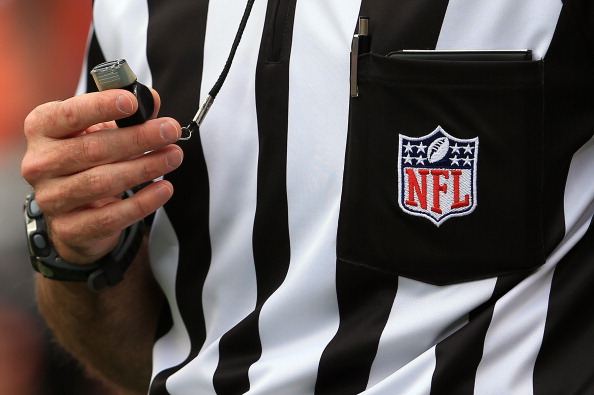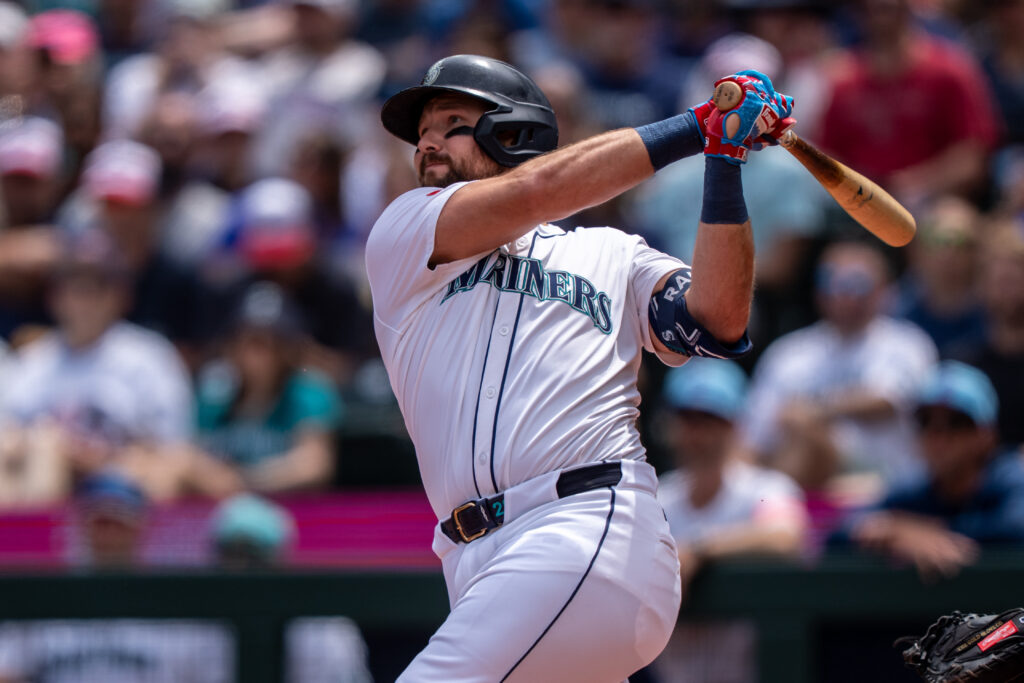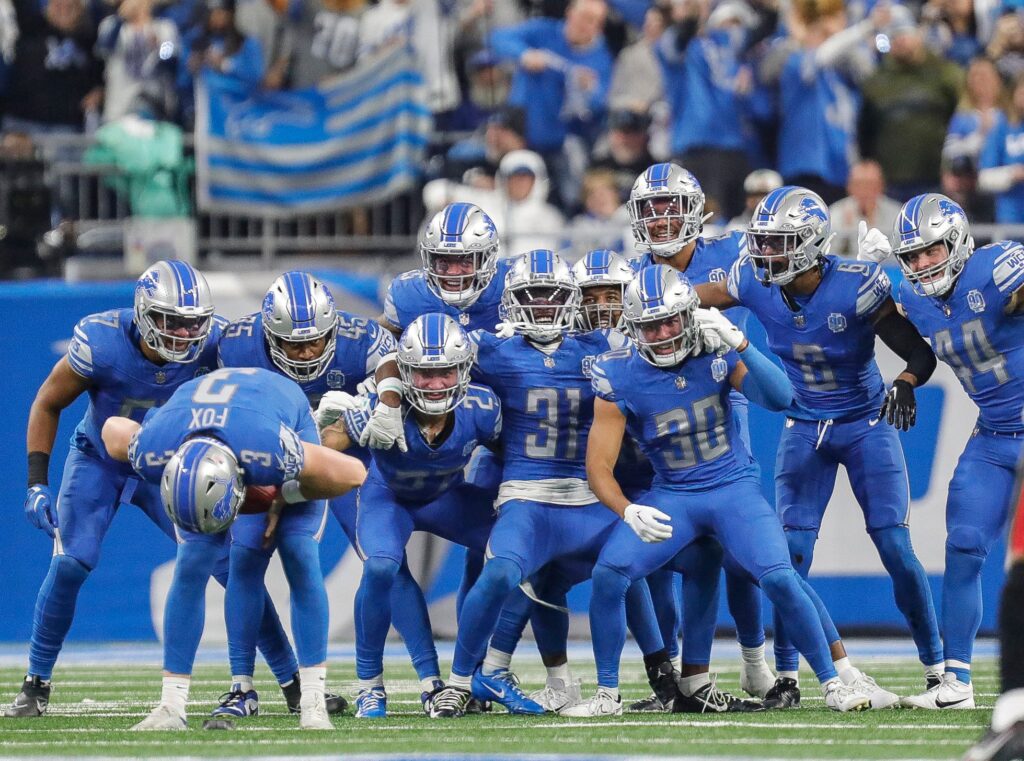NFL officials are responsible for enforcing the NFL rules. These are the people who officiate and adjudicate on on-field matters. NFL match officials draw the most criticism or praise from players, fans, and coaches. Without these match officials monitoring the game, matches may be chaotic.
Betting on American football games would typically not be possible since there would be no
clear structure or an organized tournament. Those who fancy betting on the NFL can download an ideal betting app to get the best betting experience. Be careful as you look for the betting site since not all are genuine. Do some research and find out the best.
Learn About NFL Match Officials
Due to the size of the NFL field, the game carries seven referees. Match officials in an NFL
game are referred to as referees. The number of players in the field also calls for the need to have many referees. The officials have many responsibilities, such as playing the clock, calling for a penalty, and ensuring the players play a fair game.
Even though a game has seven referees, only one is on the field during the game. Every referee has different responsibilities and titles. Referees include the umpire, referee, line judge, head linesman, field judge, back judge, and side judge. Only the referee wears a white hat; the other officials usually put on black hats.
1. Referee
He is the lead official controlling the game. The referee is the match official with the final say on all decisions. He is responsible for announcing all penalties. He explains the awarded penalties to the team’s captain and points the players accountable.
Technically the referee will stay at the backfield before the play starts around 10 yards from the quarterback. He checks for illegal hits happening on the quarterback and illegal blocks.
2. Umpire
This NFL match official stands at about five yards from the line of scrimmage. They are usually lining up on the ball's defensive side. Their primary responsibility is helping the referee with possession of the ball decisions. The umpire is responsible for monitoring the line of scrimmage and determining the legality of play. They should evaluate the offensive holding and any illegal linemen on the wrong side.
They should ensure the offense does not have more players on the field. There should be 11 players, and their equipment must be legal. The umpire will record all timeouts, scores, and the team that wins the coin toss. They will also wipe the ball during inclement weather.
3. Head Linesman
He is the NFL match official monitoring the sideline adjacent to the line of scrimmage. He
assesses the scrimmage violations such as encroachment, offside, and penalties such as illegal men downfield, illegal shifts, and illegal motion. They are also responsible for the out-of-bounds plays. They mark the forward progress of the game as well as track the eligible receivers.
4. Back Judge
A back judge positions himself 20 yards into the defensive backfield. That is on the wider side of the NFL field. The primary role of the back judge is to ensure the defensive team does not have more than enough players in the field, which should be 11. He monitors the eligible receivers on the wider receiver's side of the pitch.
A back judge monitors the area between the field judge and the umpire. He also checks on the legality of pass interference penalties and catches. They also make the final decision on the legality of kicks as the game starts. The back judge stands under the goalpost during field goals to ascertain whether the attempt was successful.
5. Line Judge
This match official stays on the opposite side of where the head linesman is. He helps the head linesman to monitor illegal shifts, determines forward or backward passes, illegal motions, encroachment, or offside.
He also assists the umpire and the referee in checking illegal use of hands and false start calls.
They are responsible for ensuring the quarterback does not pass the line of scrimmage before they throw the ball. The line judge also supervises the team's substitutions on their side and oversees the game timing.
6. Side judge
The side judge is found 20 yards in the defensive backfield near the head linesman's similar sideline. Their duties are almost identical to what the back judge does. They ensure the defensive team does not have excess players and monitor the eligible receivers.
The side judge monitors the area between the field judge and the umpire and helps rule the legality of pass interference penalties and catches.
7. Field Judge
This referee lines up about 25 yards in the defensive backfield. However, this is on the tight end. They are responsible for calling for game delays after the time expires and tracking the play clock. When a catc
h is made, the field judge rules whether the receiver is out of bounds.
The judge also rules on the legality of pass interference penalties and catches. They will also mark the spot when the play is out of bounds on their end.
Main Photo:



